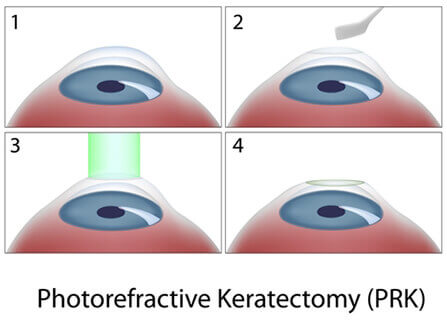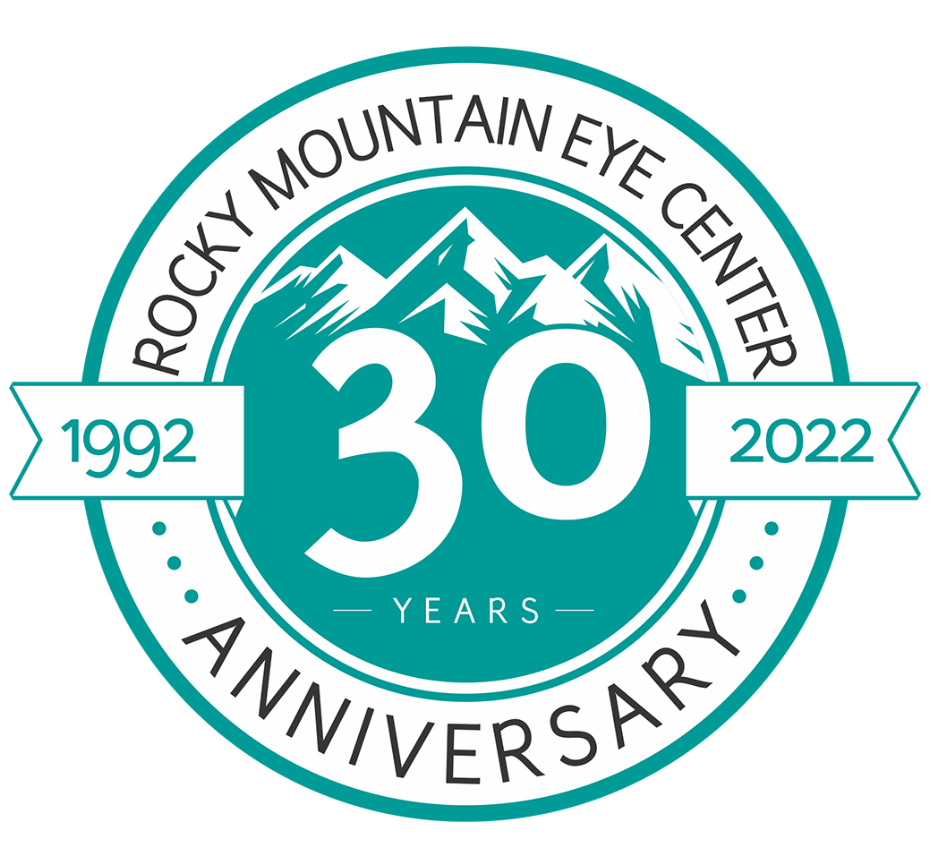
PRK

Photorefractive Keratectomy (PRK) and Laser-Assisted Sub-Epithelial Keratectomy (or Laser Epithelial Keratomileusis) (LASEK) are laser eye surgery procedures intended to correct a person’s vision, reducing dependency on glasses or contact lenses. The first PRK procedure was performed in 1987 by Dr. Theo Seiler, then at the Free University Medical Center in Berlin, Germany. The first LASEK procedure was performed at Massachusetts Eye and Ear Infirmary in 1996 by ophthalmologist, refractive surgeon, Dimitri Azar. The procedure was later popularized by Camellin, who coined the term LASEK for laser epithelial keratomileusis.
LASEK and PRK permanently change the shape of the anterior central cornea using an excimer laser to ablate (remove by vaporization) a small amount of tissue from the corneal stroma at the front of the eye, just under the corneal epithelium. The outer layer of the cornea is removed prior to the ablation. A computer system tracks the patient’s eye position 60 to 4,000 times per second, depending on the brand of laser used, redirecting laser pulses for precise placement. Most modern lasers will automatically center on the patient’s visual axis and will pause if the eye moves out of range and then resume ablating at that point after the patient’s eye is re-centered.



